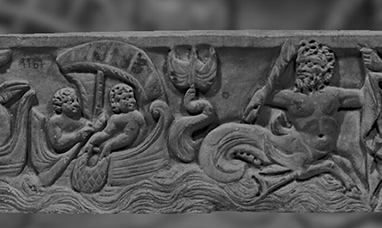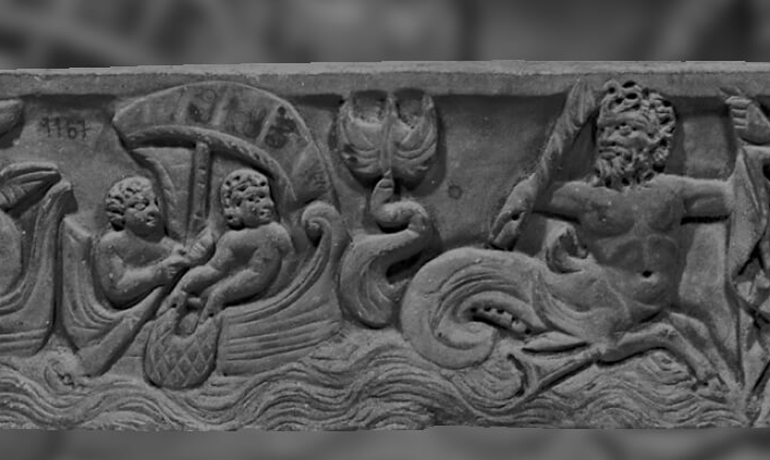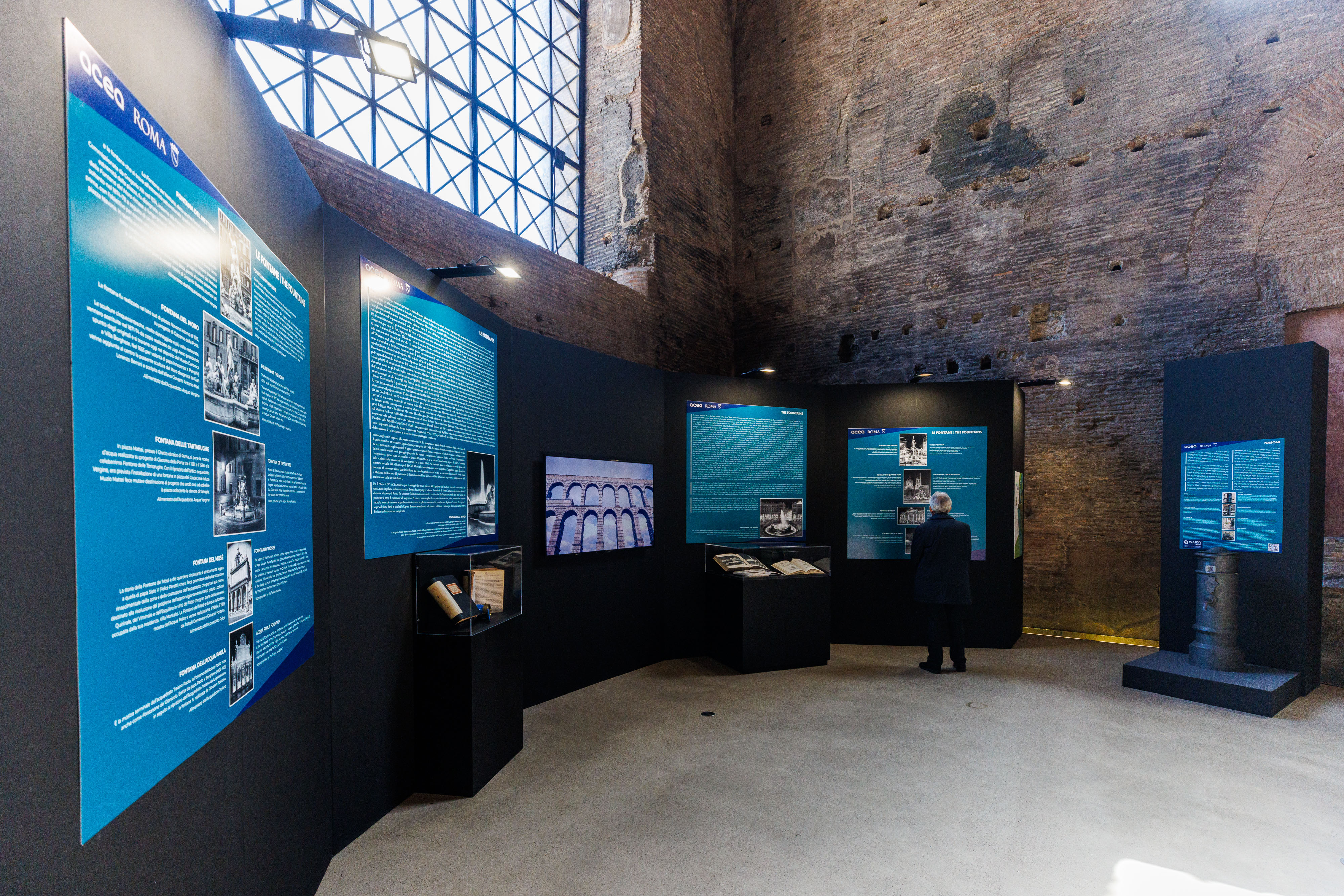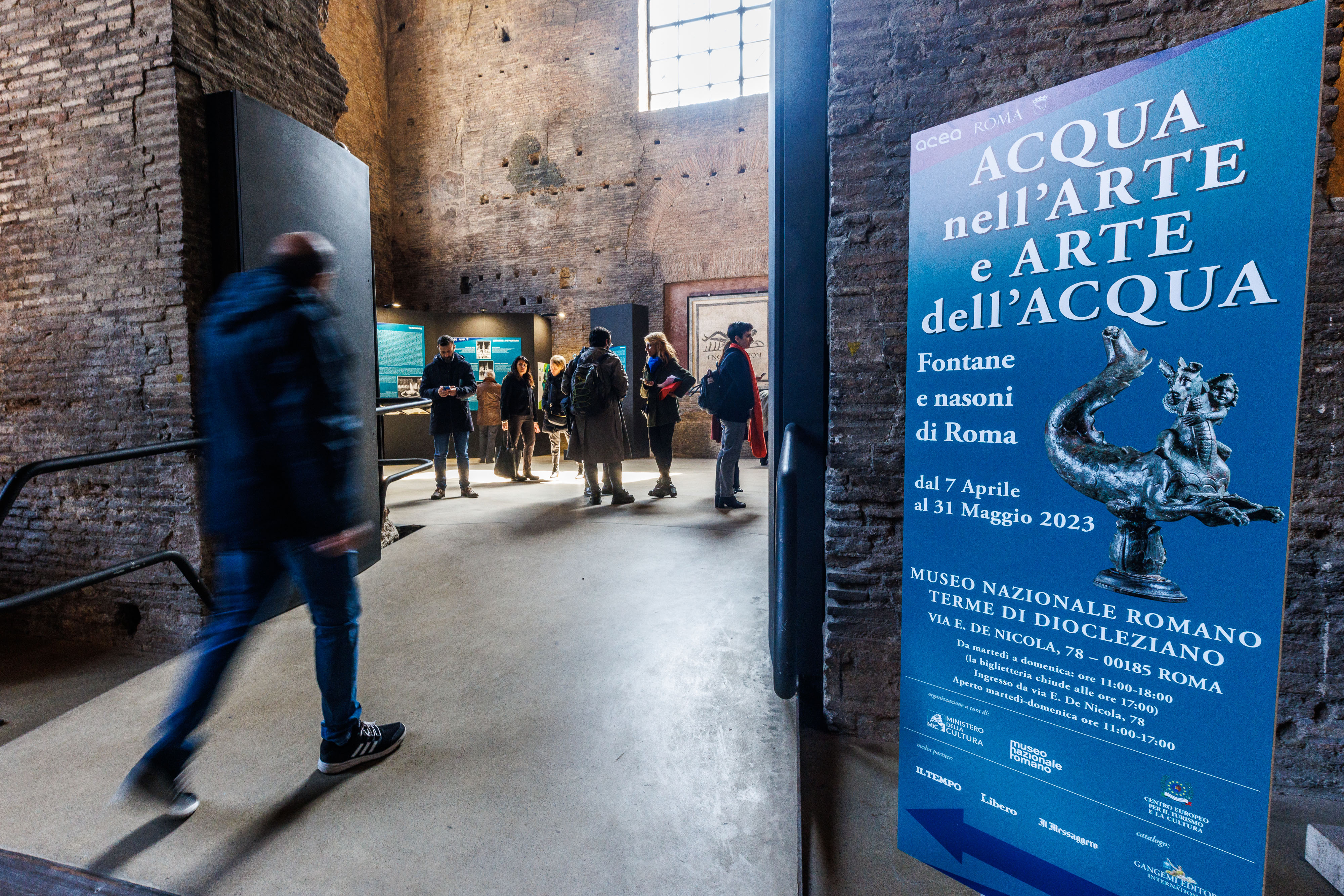
Acea celebrates water as a vital element for the growth and development of the city of Rome over the centuries with the exhibition “Acqua nell’Arte e Arte dell’Acqua – Fontane e Nasoni di Roma” (Water in Art and the Art of Water – Fountains and Nasoni in Rome) at the Baths of Diocletian.
April 7th - May 31th 2023
Baths of Diocletian


The Acea Group encourages the respect of the value of water resources by supporting initiatives in the area, including “Acqua nell’Arte e Arte dell’Acqua – Fontane e Nasoni di Roma”, the exhibition organised by the National Roman Museum and the European Centre for Tourism. The event, curated by Director of the National Roman Museum Stephane Verger and archaeologist Vincenzo Lemmo, opens to the public from 7 April to 31 May.
Once known as Regina Aquarum, (the Queen of Water) ancient Rome had hundreds of fountains representing the exceptional water availability, which added to its magnificence. The Romans had already understood the importance of efficiency in managing water resources, as evidenced by the several aqueducts built, true works of engineering.
In the wake of this tradition, Acea has managed the integrated water cycle in Rome for 110 years, thus promoting the city’s artistic heritage by managing the water system and artistic lighting of the most important fountains, elements of attraction for millions of tourists.
IThe exhibition “Acqua nell’Arte e Arte dell’Acqua – Fontane e Nasoni di Roma” is divided by topics and periods, and includes works of art, archaeological remains, projects and old pictures kept in National and Municipal Museums.
The nasoni, which contributed to the modern, capillary diffusion of water service in the urban fabric, are another interesting element of the exhibition.
The exhibition is divided into three sections:
Roma, regina aquarum - Water in art.
Fountains and power.
The art of water – Today’s water management.
Established in 1889, the National Roman Museum recounts and preserves traces of structures, buildings and monuments which made the Capital a major attraction over the centuries. It comprises four museum sites: the Baths of Diocletian, Palazzo Altemps, Palazzo Massimo alle Terme and Crypta Balbi: four places housing works of art from the Roman era until the Renaissance.
The Baths of Diocletian are the ideal place to host the exhibition “Acqua nell’Arte e Arte dell’Acqua – Fontane e Nasoni di Roma”, featuring a one-of-a-kind monumental complex for its dimensions and exceptional state of preservation. Built between il 298 and 306 A.D., and covering an area of 13 hectares, it could hold up to up to 3,000 people. It is structured according to the common scheme of the great imperial baths with the calidarium, tepidarium and frigidarium halls along a central axe. It also had the natatio, an enormous, 4,000 square metre pool.






